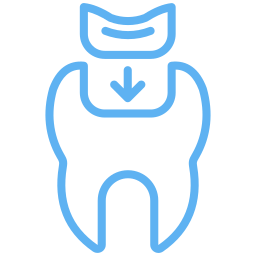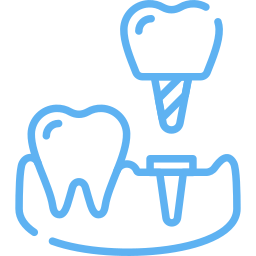

Are a tooth-shaped “cap” that is placed over a tooth to restore its shape and size, strength, and appearance. They are also used to hold a “bridge” (fixed partial denture) in place or to cover a dental implant.




Are a removable replacement for missing teeth and surrounding tissues. Your teeth might be gone because of gum disease, tooth decay, or an injury. They are made of acrylic resin, sometimes combined with metal attachments.
Call Professional Dental at (801) 785-8000 to schedule your consultation in one of our dental offices in Utah.
Your prosthodontist will create an at-home maintenance plan that is tailored to you. These are some key steps to ensure the health of your restored teeth:
1. Brush your teeth with a fluoride toothpaste at least twice a day.
2. Floss your teeth once a day.
3. Use a mouthwash recommended by your prosthodontist.
4. Wear a night guard (if recommended by your prosthodontist) to protect your restorations.
5. Don't smoke or chew tobacco.
6. Avoid eating a high-sugar diet.
With these recommendations, your restored teeth are more likely to last longer, feel good, and look great.
Professional Dental anesthesia is often used for tooth restoration. As a result, you are awake and aware during procedures, but pain is minimized. Dental anesthesia can be mild or more extensive depending on the needs of the patient and what tooth restoration procedure is administered.

Kickstart your journey to a perfect smile for just $129! Begin your braces treatment today and take advantage of our 0% interest financing options....
Take advantage of our special offer for new patients without insurance! Get a comprehensive exam, X-rays, and a preventative cleaning all for just ...

















Phone
We can help you book your next appointment through the phone
Spanish translation is provided by Google Translate using Google’s AI services and may contain errors.
All payments for services provided by Professional Dental are processed in United States Dollars (USD).

Sections
Multiple Locations Throughout Utah
All Rights Reserved, Professional Dental LLC 2025. Website designed by KIWI Agency.